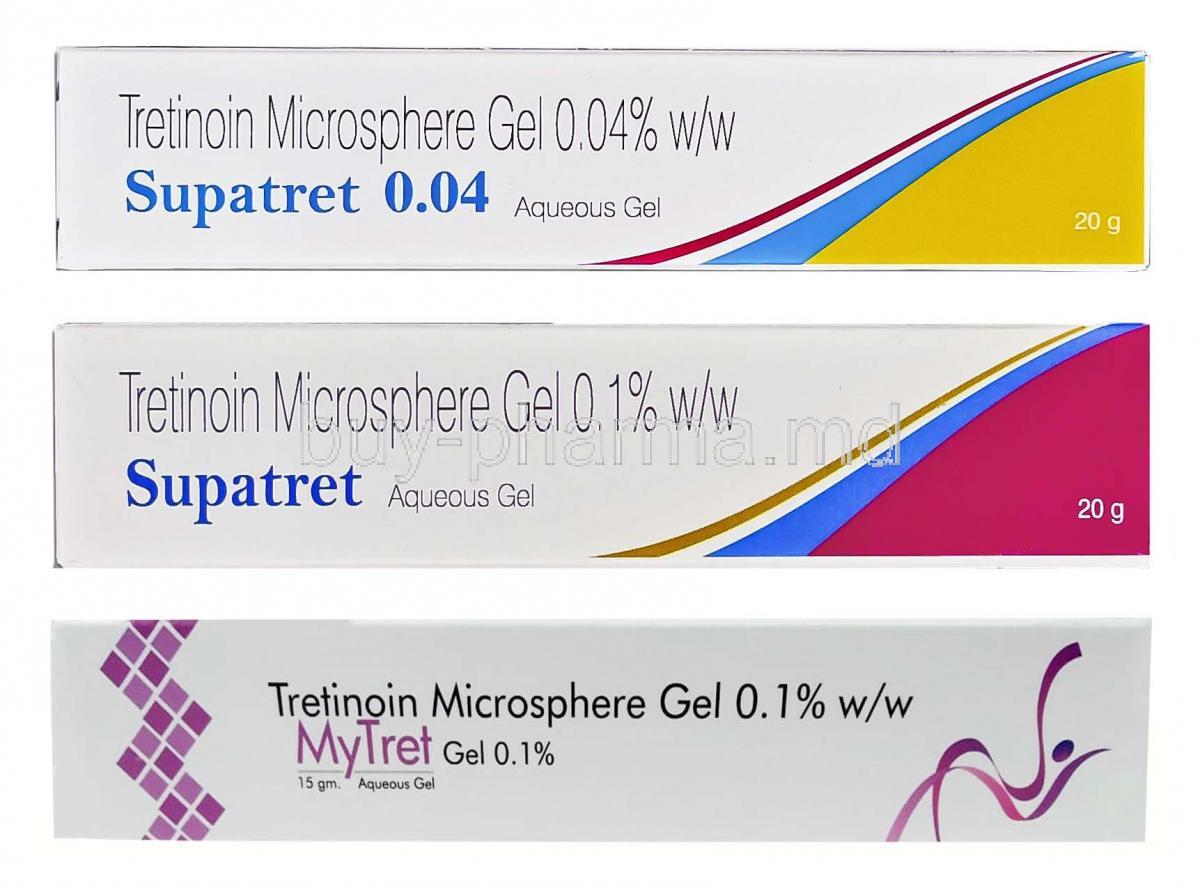Tretinoin Concentrations and Side Effects
Like with most medications, the stronger concentrations of tretinoin cream tend to have the most significant results.
In a 1991 study, researchers found that .05% tretinoin cream produced a larger improvement in wrinkling, hyperpigmentation, skin laxity and thickness when compared to weaker .01% tretinoin creams and a non-therapeutic placebo.

Other studies also have similar findings -- that higher concentrations of tretinoin tend to produce more noticeable improvements in skin quality than lower-strength tretinoin creams. In short, the more tretinoin a cream contains, the more likely it is to improve skin clarity and quality.
However, this doesn’t always mean that a strong concentration of tretinoin is the best option for you. Creams with a higher concentration of tretinoin tend to be more effective at treating acne and preventing aging, but they’re also more likely to produce side effects.
For example, one 1995 study found that while .1% and .025% tretinoin cream produced similar results in overall improvement in photoaging of the face, the stronger concentration of tretinoin had “statistically significantly greater” side effects, including redness and skin peeling.
In short, creams and gels with a higher concentration of tretinoin are associated with a greater level of skin improvement, but also have a higher risk of causing skin irritation, redness, peeling and other common and uncommon side effects.
Which Concentration of Tretinoin Cream is Best?
Because everyone’s skin is different, there’s no “best” concentration of tretinoin cream. Most people that use tretinoin, whether for acne prevention or in an anti-aging cream, use a variety of different concentrations over the years before selecting a cream that best suits their skin.
In the US, most doctors start by prescribing patients .005% (low strength) tretinoin cream, which provides an optimal combination of effectiveness and tolerable side effects for most patients. If this cream isn’t effective, your doctor might recommend switching to a stronger tretinoin cream.
If side effects such as skin irritation, redness or peeling occur, your doctor might recommend switching to a lower strength tretinoin cream, using the cream every less frequently or using alcohol-free moisturizer in combination with the tretinoin cream.
Finally, it’s important to remember that tretinoin often causes the most significant side effects during the first two to six weeks of use, meaning you may experience some temporary side effects even at the correct concentration and dosage.
Learn More About Tretinoin
Are you considering Buy tretinoin gel online as an acne treatment? Our complete guide to using tretinoin for acne covers every aspect of treating acne with tretinoin, from applying the cream properly to maximizing your results over the long term.
Readmore Which Concentration of Tretinoin Cream is Best for Acne?